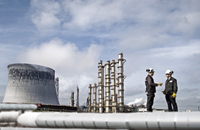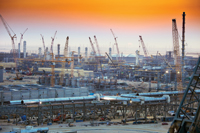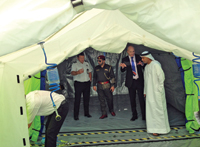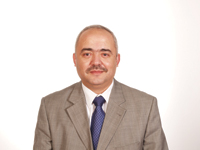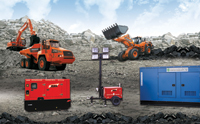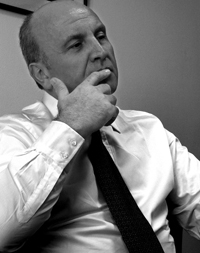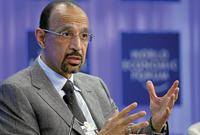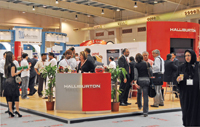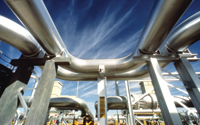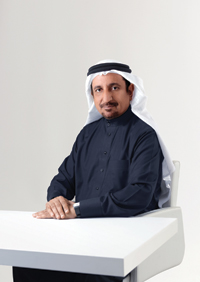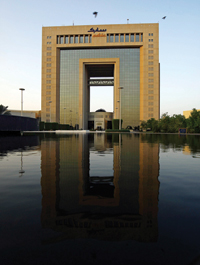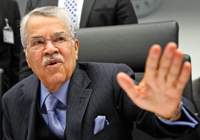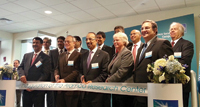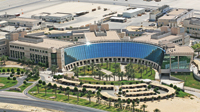
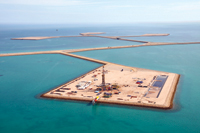 Manifa ... winning accolades
Manifa ... winning accolades
SAUDI Aramco’s Manifa project earned a place among the world’s best integrated projects, as a finalist in the International Petroleum Conference’s 2014 Project Integration award in Doha, Qatar. The project was lauded for its achievements in creating the largest extended reach drilling project in the world.
Meanwhile, Saudi Aramco will add 200,000 barrels per day of Arabian Heavy production from Manifa field.
Nasir K Al Naimi, Saudi Aramco’s vice president for Northern Area Oil Operations, says that the company was honoured by the recognition of its achievements at Manifa, which is the fifth largest oilfield in the world and one of the most challenging field developments the company has undertaken.
“I think in years to come, Manifa will be remembered as a very important milestone for the company,” says Al Naimi.
The IPTC event, held at the Qatar National Convention Centre in Doha and hosted by Qatar’s Emir, HH Sheikh Tamim Bin Hamad Al Thani, is a multi-society, multi-disciplinary oil and gas event in the Eastern Hemisphere that rotates between the Middle East and Asia. More than 6,000 delegates attended the event and Saudi Aramco was one of 128 companies from 38 countries that participated. Saudi Aramco subject matter experts from across the company gave presentations at the Saudi Aramco booth, and company engineers and scientists presented 33 of the 499 papers selected for presentation in IPTC workshops and panel discussions.
Speaking at the first plenary session, Amin H Nasser, the senior vice president for Upstream, told delegates how Saudi Aramco is working to create an innovation culture at the company, in an effort to find the breakthrough technologies that will guide the oil and gas industry into the future.
Time and time again, technology has redefined and reinvented our industry, said Nasser. While energy experts in the 1970s predicted that global oil resources would drop sharply by the 1990s, technological advances have allowed the oil industry to tap into and produce ever increasing levels of hydrocarbons, Nasser said, adding, technology has always had the last word.
Saudi Aramco is committed to becoming a technology leader, Nasser said, pointing out the company’s investment in its own Research and Development Centre and Expec Arc research centre in Dhahran, but also in creating research and development centres around the world in Cambridge, Massachusetts, Delft, Netherlands, and Aberdeen, Scotland.
To ensure knowledge transfer to a younger generation of employees, the company has created an Upstream Professional Development Centre in Dhahran, Nasser said, and its facilities include state of the art computer simulation programs. With more than 5,000 employees training at UPDC, Nasser said, the centre is essentially a corporate university.
Nasser mentioned the close relationship that Saudi Aramco has formed with research centres at universities such as King Abdullah University of Science and Technology and the King Fahd University of Petroleum & Minerals. Among the research projects underway are studies into cleaner fuel blends and the monitoring of environmental practices at Manifa Bay.
Not only does Saudi Aramco research ways to discover and produce new sources of energy, Nasser said. It also is experimenting with clean fuel blends to help reduce emissions, as well as alternative forms of energy, including wind and solar.



































































